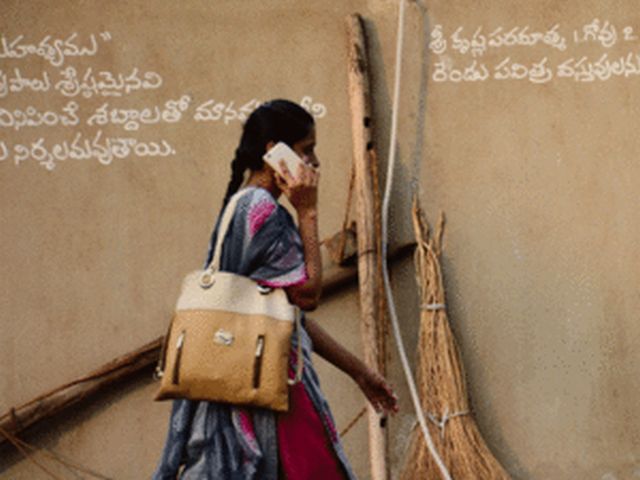By Kritika Shah,
Much frenzy has been created around India’s declining female labour force. In 2017, the International Labour Organisation (ILO) estimated this at 27.2 per cent, lower than its neighbours, including Bangladesh and Nepal.
However, contrasting low unemployment rates suggest that structure-agency issues are confining female employment and, subsequently, the Indian economy. It has been estimated that upwards of $700 billion can be added to the national income if the gender gap can be overcome by 2025.
Thus, in partnership with Southern Voice, Public Affairs Centre (PAC) is conducting a case study to understand the barriers and enablers to decent work for Indian women, culminating in a presentation at the UN High Level Political Forum 2019.
Thanks to India’s booming population of 1.4 billion, 65 per cent of which comprises the youth, it is home to a demographic dividend which can create substantial economic gains. However, without adequate policy instruments to leverage this advantage, youth unemployment will surge, causing a “demographic deficit” and increased dependency ratios. Against this background, this case study will examine the participation women in India’s workforce.
Given the lack of dependence on agriculture as a livelihood due to climate change and the informal nature of the job, it was hypothesised that women in the rural areas might be vulnerable to poor labour outcomes. Alternatively, due to improved access to formal job-related resources, it was hypothesised that women in urban areas are more likely to be a part of the workforce.
Seema, an engineer working in Bengaluru, can achieve improved labour outcomes due to access to public transportation, access to resources for household management, access to a network of experts who can help guide her career and access to financial security.
Alternatively, Bhagya, an agricultural labourer in Bhandara district (Maharashtra), probably faces a different reality: She has limited access to infrastructure to reach her workplace; she knows few people who work outside the primary sector; she has informal workplace systems, including no leaves; and since she is a daily wager, financial inclusion for Bhagya is limited.
Taking a deeper look, the districts with the highest female worker population rates were not surprising as they belonged to culturally matriarchal states such as Nagaland. It is estimated that upwards of 500 women per 1,000 are working in Nagaland’s districts.
However, it was found that districts with relatively high female workers had more than double the number of rural workers than urban workers. While there are 622 female workers for every 1,000 women in rural Zunheboto, the figure drops to 244 in urban Zunheboto, a third of the rural workforce size.
What’s more, none of the major urban epicentres of India was found to have female worker population rates that were above the 50th percentile of worker population rates. Major metropolises, including New Delhi (196 workers per 1,000), Mumbai (188 workers per 1,000) and Kolkata (179 workers per 1,000) had significantly lower female worker population rates, even lower than the national average.
Thus, Seema might not have it better than Bhagya after all. Urbanisation may not be creating conducive circumstances for female employment. Or perhaps aspects of rural socio-economics may be enabling women to work.
While external factors may still affect labour outcomes, there are deeper issues of agency embedded at various levels that are affecting Indian women and keeping them from employment. These issues may exist at the level of the household, community, state or nation.
By piecing together perspectives gained from the regionally diverse country, a more valid picture of India’s female labour economy from the perspectives of the average Indian woman, our Seemas and Bhagyas, will be architected. In this way, policy implementation and action can align to be more effective in actually generating impact at the grassroots level instead of correcting the gender gap in India’s workforce only at a superficial level.
(Kritika Shah is Programme Officer, Urbanisation and Development, at PAC. The views expressed are personal. She can be contacted at kritika@pacindia.org)
—IANS







 Google News
Google News